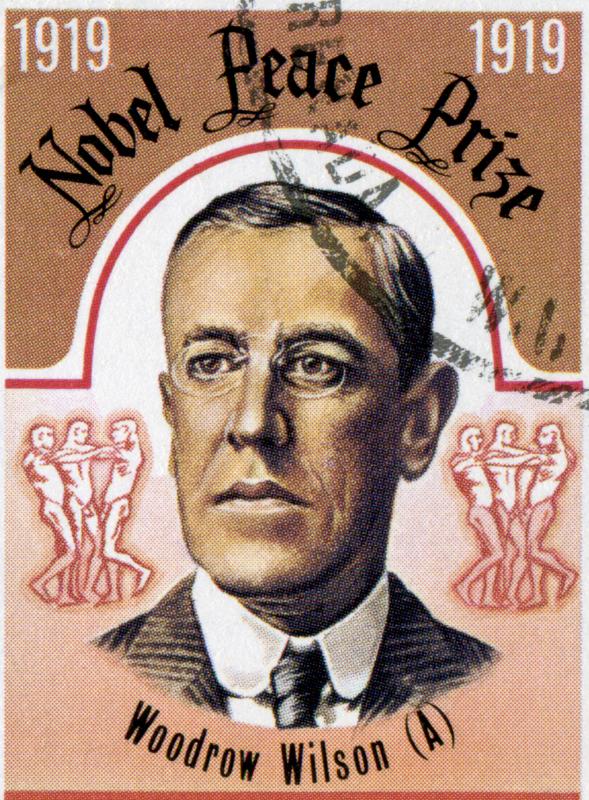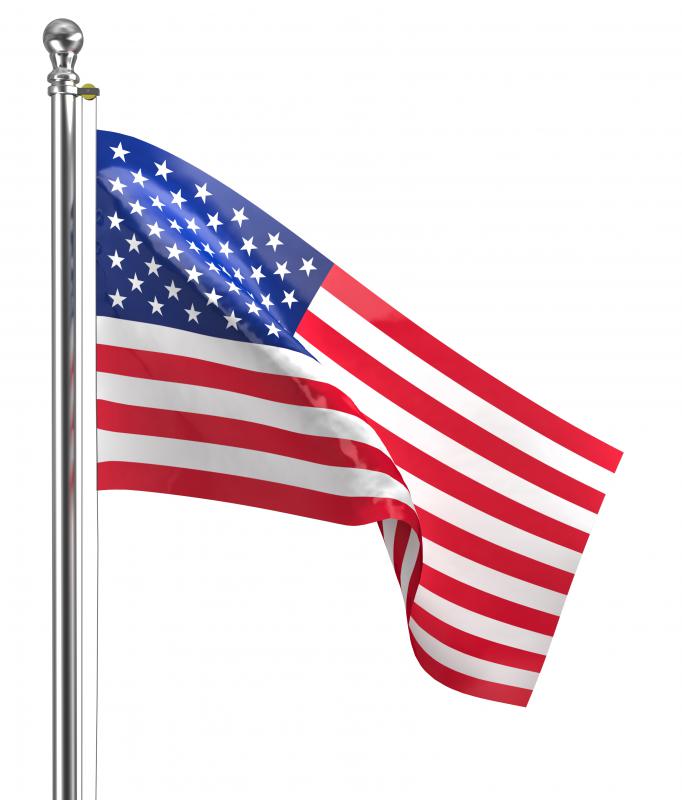At WiseGEEK, we're committed to delivering accurate, trustworthy information. Our expert-authored content is rigorously fact-checked and sourced from credible authorities. Discover how we uphold the highest standards in providing you with reliable knowledge.
What is the History of the Star Spangled Banner?
The history of “The Star Spangled Banner,” the national anthem of the United States, is long and circuitous. Although this song is now widely associated with the United States, it wasn't even formally made the national anthem until 1931, when an act of Congress enshrined “The Star Spangled Banner” as the official national anthem of the United States. And although the song is famously difficult to sing, this wasn't always the case, as the difficulty hinges on the key the song is played in, with most modern musicians using A-flat or B-flat, instead of G, the original key of the song.
The tune used in “The Star Spangled Banner” is believed to date to 1750, when it was composed by John Stafford Smith for the Anacreonotic Society in London. Although popular legend often suggests that the tune was originally a drinking song, “To Anacreon in Heaven,” as the tune was originally known, was actually a paean to music and society. The Anacreonotic Society certainly did its fair share of drinking, but the primary purpose of the organization was to promote music among London gentlemen.

People apparently liked the tune, which may explain why it came to mind in 1814 when Francis Scott Key was looking for suitable music for his poem “In Defense of Fort McHenry.” The poem was written on 14 September 1814, on the morning after the British bombardment of Fort McHenry in Baltimore, Maryland. According to Key, he was struck by the sight of a determined American flag waving over the Fort, so he penned a lengthy four-stanza poem and set it to music. The history of “The Star Spangled Banner” probably would have been much shorter if people tried to sing all four belabored stanzas, but instead people usually only sing the first.

When the poem was published together with the tune by Thomas Carr, the owner of a music store in Baltimore, Carr changed the title to “The Star Spangled Banner,” and the history of “The Star Spangled Banner” as we know it began. Initially, “The Star Spangled Banner” was only one among a bevy of patriotic tunes. By the Civil War, however, it had become indelibly associated with patriotic occasions, with the military playing “The Star Spangled Banner” and the song being used at sporting events and other official occasions. In 1916, President Woodrow Wilson officially declared “The Star Spangled Banner” a song designated for official use, probably as a result of some heavy lobbying from fans of the song.

In 1929, the history of “The Star Spangled Banner” took a dramatic shift when cartoonists started lampooning the fact that the United States had no official national anthem. This wasn't actually terribly unusual, and in fact some countries even today have no official anthems, or several anthems which vie for the honor. However, Congress felt that designating an official national anthem might be advisable, and “The Star Spangled Banner” was selected. They also set out some ground rules for behavior during the national anthem: people are expected to stand facing the flag with their hands over the hearts while the song is played, with people in uniform saluting the flag while the song is played. If no flag is present, spectators face the source of the music as if it was the flag.
Some other songs have been used as American anthems at various points in history, including “Hail, Columbia,” “My Country, 'tis of Thee,” and “America the Beautiful.” Some black residents of the United States also support the use of “Lift Every Voice and Sing” as a national anthem, and in fact, this song is sometimes called the “black national anthem.” A few Americans have a marked preference for one of these tunes, arguing that the history of “The Star Spangled Banner” included a fair amount of machinations to get people to use the song officially, and that the alternate anthems are easier to sing and more pleasant to listen to.
AS FEATURED ON:
AS FEATURED ON:













Discussion Comments
@clintflint - I don't think it matters. It's one of the best national anthems, and certainly one of the best known. I can sing it and I'm no professional, so it's not that difficult. And I kind of like that the lyrics aren't simple. We picked something that has layers, as well as real grit and history.
I'd rather sing that than something a committee put together that was politically correct but didn't have a soul.
@pastanaga - I like the lyrics and the star spangled banner music in theory, but I don't think it's a very good anthem, to be honest. It's too difficult to sing, not only in terms of the key, but also because the words and images are a bit difficult for the average person to understand. I mean, a lot of the language is fairly archaic these days.
I don't think it will ever change because it's really difficult to change traditions like this, but I would prefer a song that covered more about the country and the ideals, and did so in plain, simple language in a way that was accessible to everyone.
I do actually like the Star Spangled Banner as a national anthem, although I wish that it wasn't so concerned with war. I remember reading about the history of the Star Spangled Banner song when I was at school and it seemed like such a good story, although I think they made it sound better for kids.
I wonder if people would be so patriotic about the flag in the United States if their anthem didn't focus on it though. I've never been in another country that was so passionate about their flag.
Post your comments